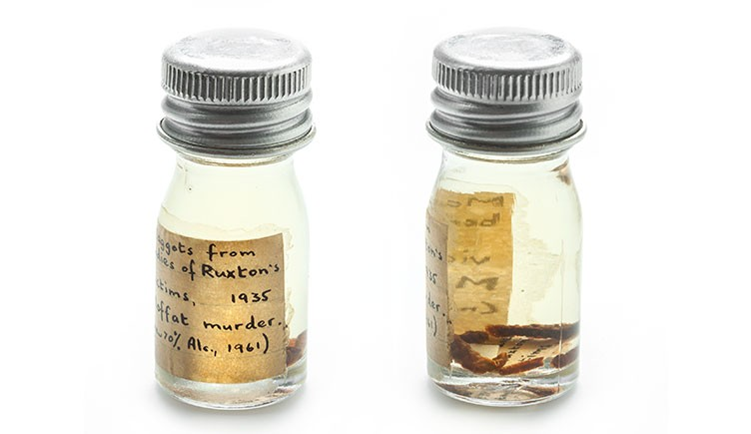The Birth of Modern Forensics

This gruesome, fascinating and very tragic story dominated the newspaper headlines in 1935. The discovery of the dismembered bodies in Moffat opened up one of the most significant Police and Forensic investigations in British criminal history.
Professor Sue Black, renowned forensic anthropologist today says: ‘The case, that to all intents and purposes gave birth to the field in which I ply my trade, is one that for me exemplifies the role of the forensic anthropologist and how it fits into the judicial process. It should be an essential text for every forensic pathologist, anatomist, police officer, lawyer and judge as well as for every forensic anthropologist.’
This exhibition describes the events of 1935 and highlights the significance of the investigative work undertaken. In particular, we highlight the work of Sergeant Robert Sloan who lived and worked in Moffat.
To help your visit, the exhibition is split into sections. Click on the highlighted text to go to the section. At the end of each section you can move onto the NEXT page/section or return to this main INDEX to select where to move to next using the navigation panel.
| One | The Story of the Murders |
| Two | The Murderer and the Victims |
| Three | The Discovery of the Bodies |
| Four | Investigations and Evidence |
| Five | The Story in Moffat |
| Six | Trial, Prison and Execution |
| Seven | References and Acknowledgements |
| Eight | Press Coverage and Cuttings |
| Nine | Other Books and Magazines |
| Ten | Exhibition Postscripts |
